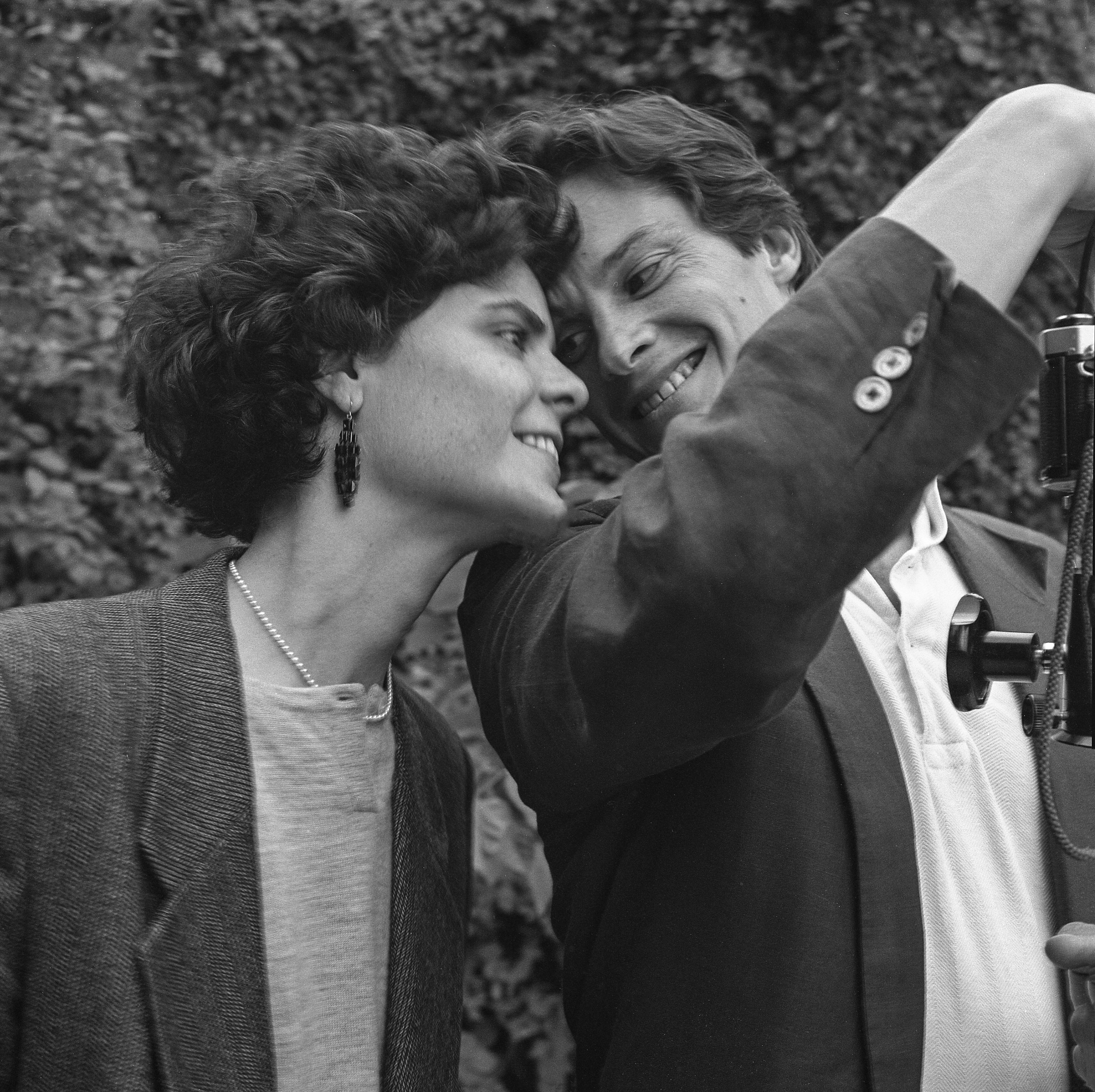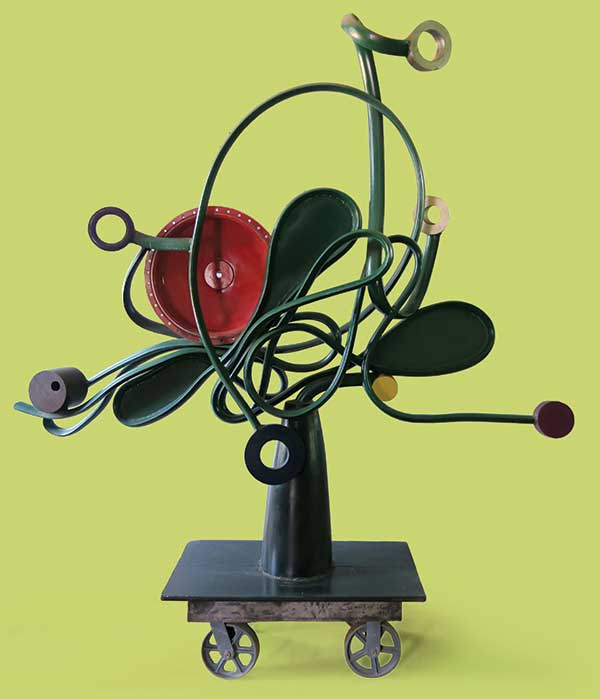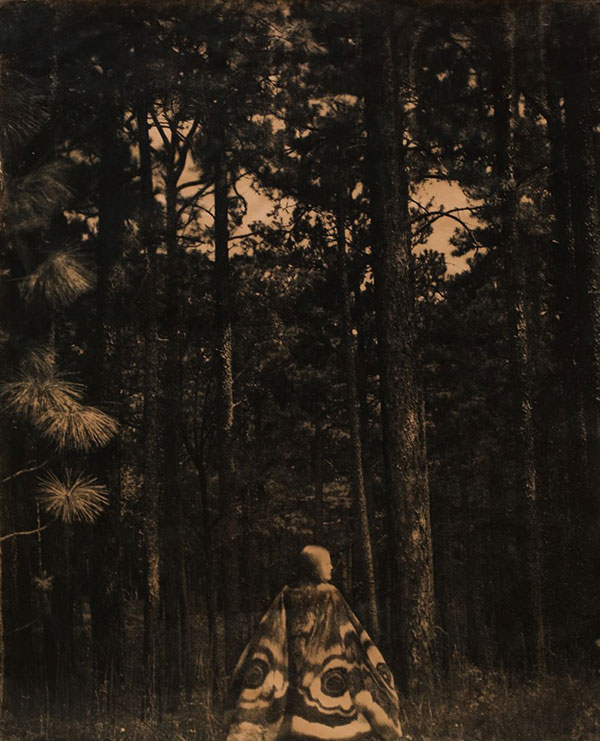Hardcovers and Paperbacks
Hardcovers and Paperbacks by Brain Dettmer
MARCH 10–DECEMBER 5, 2020
Brian Dettmer both memorializes the written word and reincarnates it by transforming books into new sculptural works. Exhibit is on view at both the Museum and Rowan Oak.




